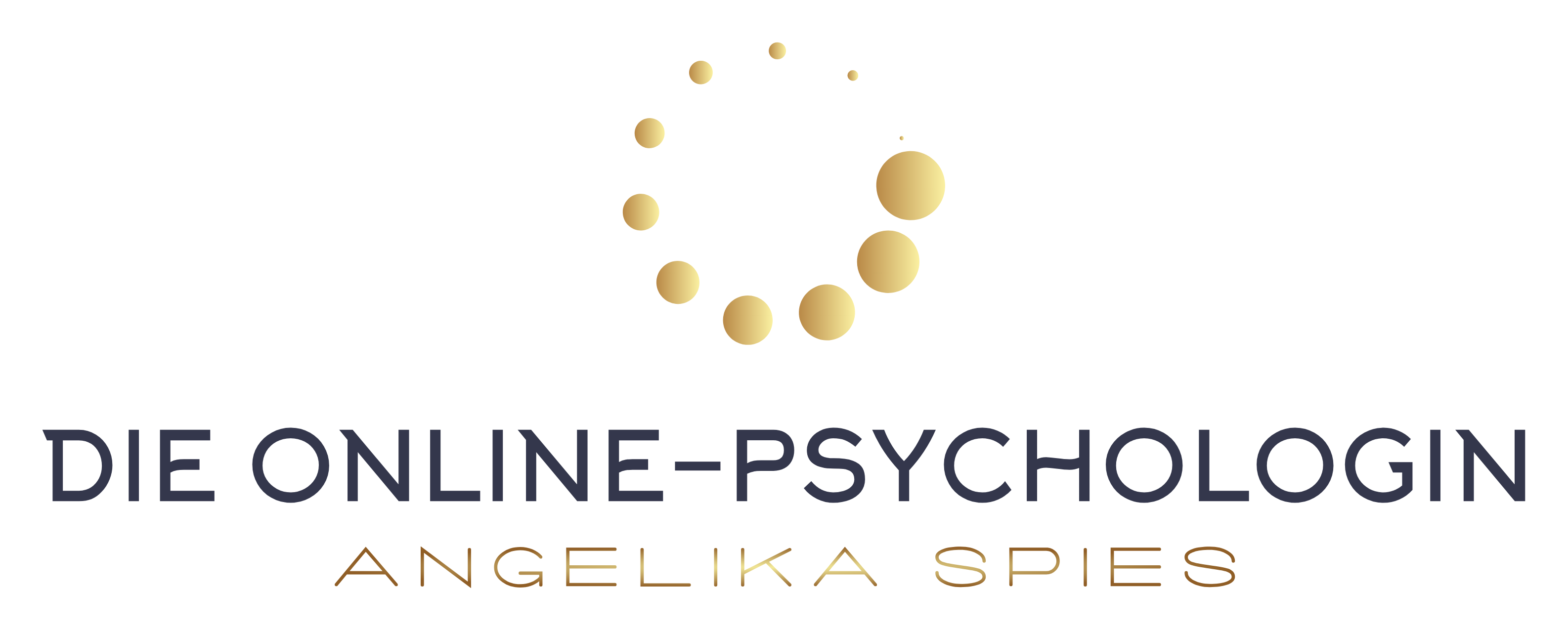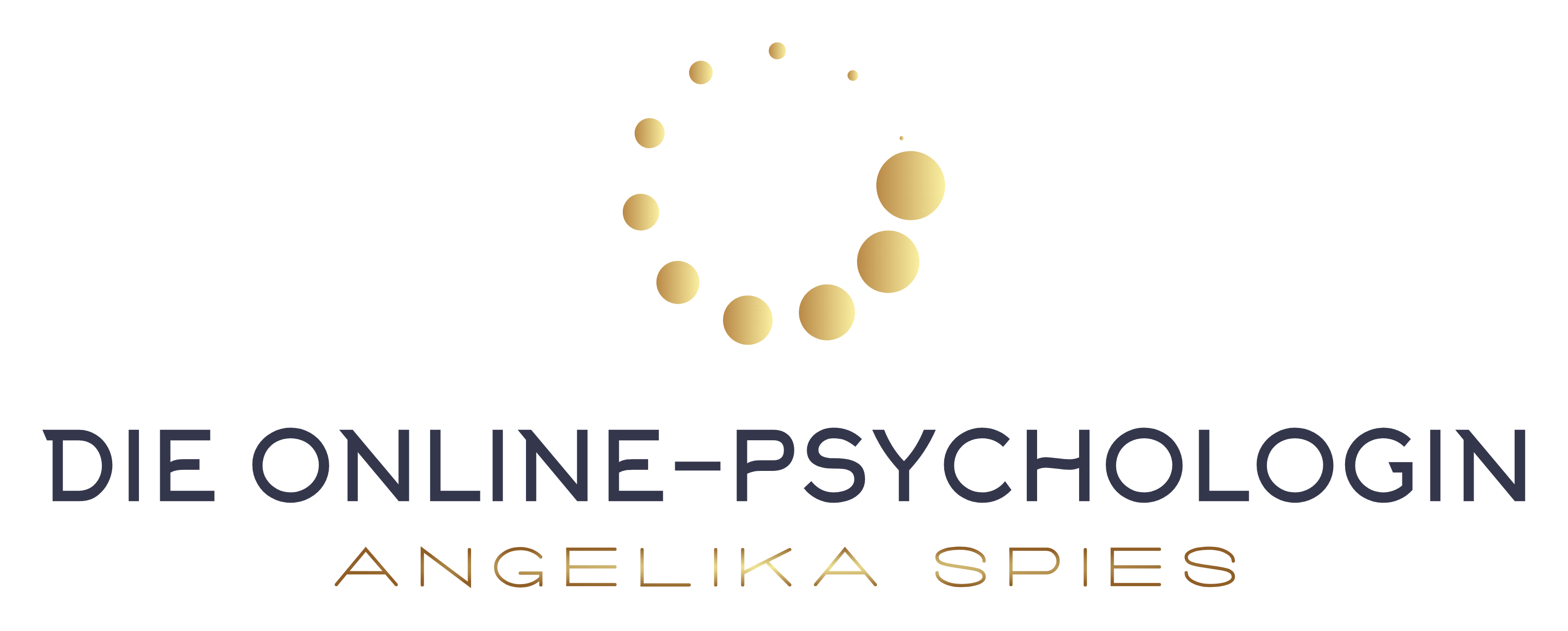Understanding and overcoming Weltschmerz: Read here what causes Weltschmerz, how it affects you psychologically & what you can do about it.

Weltschmerz: Navigating the Pain of the World
Weltschmerz—a poetic and profound term—has gained renewed relevance in recent years. Originally coined by the German Romantic author Jean Paul in the 19th century, it encapsulates the painful realization that reality can never align with one’s ideals. In an era marked by global crises, social inequality, and ecological threats, this concept resonates more than ever. But what can be done against Weltschmerz? This article delves into its causes, psychological aspects, coping strategies, and even the meaningful insights this feeling can offer.
What Is Weltschmerz?
Understanding and coping with Weltschmerz: It refers to a profound sadness or melancholy in response to the state of the world. It’s more than mere frustration with politics or society; it’s an existential pain stemming from the chasm between the desired and the actual world. This sentiment often arises in highly empathetic individuals, idealists, or those with a strong sense of justice.
The Psychology Behind Weltschmerz
From a psychological point, Weltschmerz can be viewed as a form of reactive sadness. Unlike clinical depression, it doesn’t primarily stem from internal psychological disorders but from a genuine external experience. Modern psychology often associates Weltschmerz with:
- High sensitivity: Individuals with heightened empathy feel the suffering of others more intensely.
- Existential crises: Questions about meaning, justice, and humanity come to the forefront.
- Information overload: The constant barrage of negative news (e.g., doomscrolling) overwhelms many emotionally.
- Feelings of powerlessness: The complexity of global issues leaves many feeling helpless.
Thus, Weltschmerz isn’t a pathological disorder per se but an emotional response to a world perceived as distressing.
Causes of Weltschmerz: Why It’s So Present Today
In Jean Paul’s time, the early 19th century, Weltschmerz manifested as a melancholic reaction to the gap between idealistic worldviews and harsh reality, even without digital media. The Enlightenment had sparked high moral and societal ideals, yet reality remained marred by war, poverty, and social inequality. Jean Paul and other Romantic poets deeply felt this tension. Their Weltschmerz expressed itself in literary lamentations, retreats into nature, and an emotional turn inward. Without an information overload, but with keen observation of societal conditions, a quiet, reflective pain over the world’s imperfections emerged. The focus was inward—on personal feelings and the question of how to preserve humanity and meaning despite everything.
Today, our world is characterized by constant reports of catastrophes—climate change, wars, social injustice, pandemics. Thanks to digital media, we learn in real-time what’s happening on the other side of the globe. What was once abstract now becomes emotionally palpable. Simultaneously, the opportunity to act concretely often lacks—creating a state of powerless concern.
Another factor is the so-called “emotional dissonance”: We know we could do more (e.g., live more sustainably, become politically active) but feel overwhelmed or paralyzed. This leads to feelings of guilt and self-doubt—perfect conditions for Weltschmerz.
Effects in Daily Life
Weltschmerz can manifest in various ways:
- Lack of motivation and exhaustion
- Cynicism or emotional numbness
- Withdrawal from social or political activities
- Sleep disturbances, inner restlessness
- A sense of meaninglessness
If these symptoms persist or evolve into depression, seeking professional help is advisable.
What Can Be Done Against Weltschmerz? Strategies for Everyday Life
Understanding and overcoming Weltschmerz! Even though Weltschmerz is heavy, there are ways to deal with it constructively. Here are some suggestions:
- Radical Self-Care
Empathetic individuals tend to neglect themselves. Pay conscious attention to your needs: exercise, sleep, healthy nutrition, and social contacts are not luxuries but psychological necessities. - News Detox
Deliberately reduce your media consumption. Choose high-quality, solution-oriented formats. A “news detox” can help restore emotional balance. - Engagement on a Small Scale
Changing the world doesn’t have to be global. Volunteering, donations, raising awareness in your own environment—all these provide a sense of efficacy. This transforms powerlessness into the ability to act. - Exchange with Like-Minded Individuals
Talk about your Weltschmerz. In online forums, discussion groups, or with friends. The feeling of not being alone is relieving and connecting. - Acceptance of Imperfection
The world has never been perfect—and never will be. Acceptance doesn’t mean resignation but a yes to reality as it is. It’s the first step to not getting lost in pain.
When Is Therapy Advisable?
Not every case of Weltschmerz requires therapy—but it can develop into a condition that needs treatment. If you notice that:
- You feel persistently sad or empty,
- Everyday activities no longer make sense,
- Your body reacts psychosomatically (e.g., stomach issues, insomnia),
- You withdraw socially or have thoughts of death,
… then therapeutic support is advisable and important. Therapy can help sort out your emotional state, identify options for action, and provide emotional relief.
The Gain in Pain: What Weltschmerz Can Teach Us
As painful as Weltschmerz is—it also holds powerful insights: It shows that we are not indifferent to the world’s fate. People experiencing Weltschmerz feel connected to others, animals, and nature. This depth is not a weakness but a resource.
Philosopher Albert Schweitzer called this the “reverence for life.” Those who feel Weltschmerz often have a pronounced ethical stance. This can become a driving force for social engagement, creative expression, or spiritual development.
In this sense, one could say: Weltschmerz is a kind of seismograph of humanity. It shows that we feel alive—and that change is possible.
Conclusion
Understanding and overcoming Weltschmerz—it’s a widespread phenomenon in our digital age. Profound, burdensome, but also meaningful. Those who feel it are not weak but awake. The art lies in not suppressing the feeling but transforming it into a meaningful attitude. Whether through self-care, engagement, or therapy—everyone can find ways to deal with their Weltschmerz and perhaps even use it as a compass for a more conscious life.
Would you like to discover your own unique ways to cope with Weltschmerz? Are you interested in transforming your pain into something positive? Let’s discuss this in a free initial session!
References:
- Böhme, Hartmut (2015): Weltschmerz. Die melancholische Seele der Moderne, Suhrkamp Verlag
- Krznaric, Roman (2020): Empathy. Why It Matters, and How to Get It, Perigee Books
- Zizek, Slavoj (2010): Living in the End Times, Verso
- Psychology Today: Artikel über „Compassion Fatigue“ und „Existential Psychology“
- Bundeszentrale für gesundheitliche Aufklärung (BZgA): https://www.bzga.de
- Therapie.de: Informationsportal zu psychologischer Unterstützung: https://www.therapie.de

